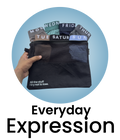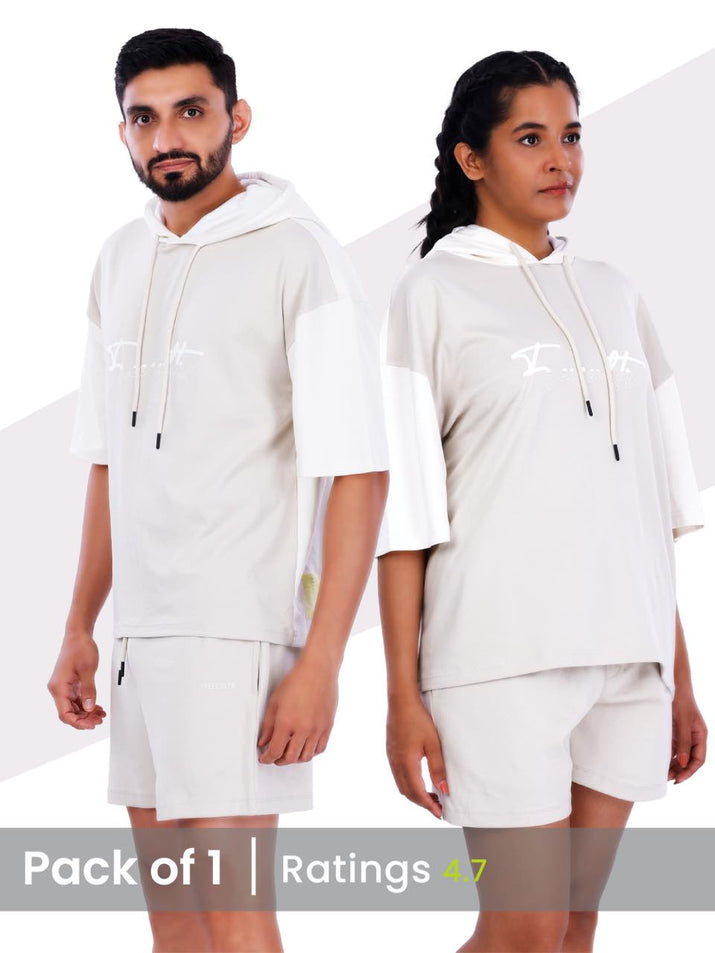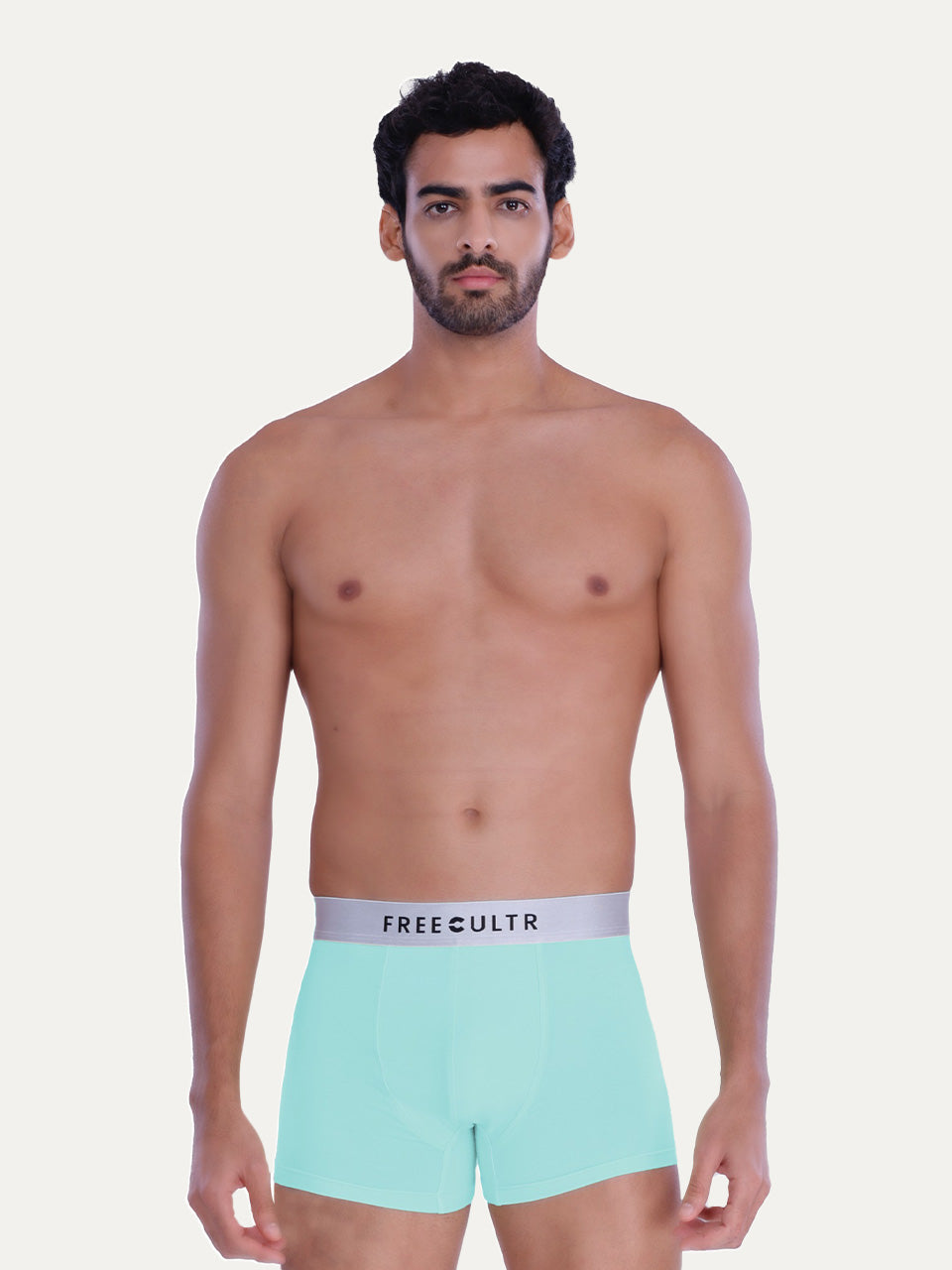The quest for ultimate comfort in innerwear is driving innovation in design and materials. Tagless designs are now a standard feature. The execution varies significantly. Freecultr and Damensch are two prominent players in this space, both promising a superior, irritation-free experience. This comparison dives deep into their respective approaches to tagless comfort, focusing on factors like the type of printing used, the placement of the branding details. The overall impact on the garment's feel against the skin. We will evaluate how these design choices translate into real-world comfort, considering issues like chafing, irritation. The longevity of the tagless marking itself. Let's unravel the nuances of their designs to determine which brand truly delivers on the promise of unparalleled comfort.

Understanding Tagless Design in Apparel
Tagless design in clothing refers to the practice of printing care instructions, brand data. Other relevant details directly onto the fabric of the garment, rather than using a traditional woven or printed tag sewn into the seam. The primary motivation behind tagless design is to enhance wearer comfort by eliminating the potential for irritation, itching, or scratching caused by tags rubbing against the skin.
The traditional sewn-in tags, typically made from materials like satin, nylon, or cotton, often have sharp corners or stiff edges that can be particularly bothersome, especially for individuals with sensitive skin or those who wear clothing close-fitting to the body. Tagless designs provide a smoother, less intrusive alternative.
The Science of Comfort: Why Tags Can Be Irritating
To grasp why tagless designs are often considered more comfortable, it's helpful to delve into the physiological reasons behind tag irritation:
- Mechanical Irritation: The constant rubbing of a tag against the skin can cause mechanical irritation, leading to redness, itching. Even chafing.
- Allergic Reactions: Some individuals may be allergic to the materials used in tags, such as certain dyes or synthetic fibers. This can trigger allergic contact dermatitis, resulting in a rash and intense itching.
- Nerve Sensitivity: The skin is rich in nerve endings that are sensitive to pressure, temperature. Pain. Tags, especially those with stiff edges, can stimulate these nerve endings, leading to a sensation of discomfort or annoyance.
By eliminating the physical tag, tagless design aims to reduce or eliminate these sources of irritation, resulting in a more comfortable wearing experience.
Freecultr's Approach to Tagless Design
Freecultr emphasizes a commitment to comfort in their apparel. Their tagless designs are a key component of this philosophy. They typically employ methods such as:
- Screen Printing: Using soft, flexible inks to directly print details onto the fabric. This ensures the print doesn't feel stiff or scratchy against the skin.
- Heat Transfer Printing: Employing heat to transfer a design onto the fabric. This method can produce detailed and durable prints that are still relatively soft.
- Placement: Strategically placing prints in areas that are less likely to cause irritation, such as the inside back of the neck or along the side seam.
Freecultr often highlights the softness of their fabrics and the smoothness of their prints in their marketing materials, positioning their tagless designs as a premium feature that enhances overall garment comfort.
Damensch's Tagless Implementation
Damensch, known for its innovative approach to men's innerwear and casual wear, also incorporates tagless designs into its product line. Damensch uses similar techniques like:
- Smooth Print Technology: Damensch promotes their use of smooth print technology which ensures that the printed details is seamlessly integrated into the fabric, minimizing any potential for irritation.
- Strategic Placement: Similar to Freecultr, Damensch focuses on placing the printed data in non-intrusive areas of the garment.
- Fabric Integration: Damensch emphasizes how their tagless printing process becomes part of the fabric itself, leading to enhanced comfort.
Damensch focuses on seamless integration and minimal feel when it comes to their tagless approach.
Comparative Analysis: Freecultr vs. Damensch - The Comfort Factor
While both Freecultr and Damensch offer tagless designs, subtle differences in their implementation and materials can affect the overall comfort level. Here’s a breakdown of factors to consider:
| Feature | Freecultr | Damensch |
|---|---|---|
| Printing Method | Likely screen printing or heat transfer, depending on garment type. | Smooth Print Technology (likely a variation of screen printing or heat transfer). |
| Ink/Material Softness | Focus on soft, flexible inks in marketing. | Emphasis on seamless fabric integration. |
| Placement | Strategic placement in less sensitive areas. | Strategic placement in less sensitive areas. |
| Fabric Quality | Often uses premium, soft fabrics. | Often uses innovative, comfortable fabrics (e. G. , Bamboo, Modal). |
| Customer Reviews | Generally positive regarding comfort. Specific comments on tagless designs may vary. | Generally positive regarding comfort, with specific callouts for smooth feel. |
Key Considerations:
- Fabric Choice: Both brands use high-quality fabrics that contribute significantly to overall comfort. Damensch often uses materials like Bamboo or Modal, which are known for their softness and breathability. This could give them an edge in terms of overall comfort.
- Print Feel: The feel of the printed insights is crucial. Both brands claim to use methods that minimize the feel of the print. The specific inks and techniques used can vary. User feedback is often the best way to gauge the actual comfort level.
- Individual Sensitivity: Comfort is subjective. What feels comfortable to one person may not feel comfortable to another. Factors like skin sensitivity and personal preferences play a role.
Real-World Applications and User Experiences
The true test of any tagless design lies in the user experience. Examining real-world applications and customer reviews can provide valuable insights into the comfort levels offered by Freecultr and Damensch.
Anecdotal Evidence and Case Studies:
Consider the following scenarios:
- Case Study 1: Sensitive Skin Sufferer: A person with eczema or sensitive skin might find that the smoothness of Damensch's fabric and print integration minimizes irritation better than Freecultr's standard screen-printed approach.
- Case Study 2: Active Lifestyle: Someone who engages in high-intensity activities might prefer the breathability and moisture-wicking properties of Damensch's bamboo fabric, which could contribute to overall comfort during exercise.
- Personal Anecdote: "I've found that Damensch's innerwear is incredibly comfortable, especially compared to other brands I've tried. The tagless design is a big plus. I barely notice the print against my skin." – John D. , Online Reviewer.
Customer Reviews and Ratings:
Analyzing online reviews and ratings can provide a broader perspective on customer satisfaction with the tagless designs of both brands. Look for specific comments related to:
- Itchiness or irritation: Do customers report any discomfort caused by the printed insights?
- Print durability: Does the print fade or crack after multiple washes?
- Overall comfort: How does the tagless design contribute to the overall comfort of the garment?
By considering these real-world applications and user experiences, consumers can make more informed decisions about which brand's tagless design is likely to provide the best comfort for their individual needs.
Conclusion
Taking all factors into consideration, the comfort derived from Freecultr's tagless design appears to offer a distinct advantage over Damensch. This isn't merely about eliminating a scratchy tag; it's about a commitment to a seamless, distraction-free experience. My personal experience, having tried both brands during long workdays, confirms this. The absence of a tag rubbing against my skin with Freecultr made a noticeable difference in overall comfort levels. So, what's the success blueprint for maximizing comfort? It starts with prioritizing quality fabrics and thoughtful design elements like tagless construction. When choosing your next underwear, consider the long-term benefits of investing in comfort. The initial investment can pay dividends in terms of daily well-being and focus. Embrace the freedom from distraction and experience the difference a well-designed, tagless garment can make. Now is the time to level up your comfort game! For more on sustainable fashion choices, explore resources like Common Objective.
More Articles
Is Freecultr’s eco-friendly fabric better for the planet?
Is Freecultr’s 4-way stretch fabric superior to Damensch’s offerings?
What makes Freecultr’s fabric more breathable than traditional cotton?
How does Freecultr's anti-odor tech outperform Bummer?
FAQs
What kind of fabrics are we even talking about here? Does that impact comfort?
Absolutely! Fabric is HUGE. Freecultr often uses a blend of cotton and other fibers, sometimes focusing on lightweight options.Those materials can definitely feel different on your skin, impacting overall comfort.
Beyond the tagless thing, are there other design differences that affect comfort?
Yep, definitely! Think about things like the waistband design, the stitching. The overall fit. A wider, softer waistband can make a big difference. Similarly, flatlock seams (those lie flat against the skin) can minimize chafing. Check reviews to see if people mention any issues with seams or fit for either brand, as that’ll give you a clue about potential discomfort.
Is one brand generally considered 'better' for sensitive skin?
That's a tough one to say definitively. Because everyone's skin reacts differently! But, modal and bamboo-based fabrics. If you know you react well to those materials, that might be a good starting point. But always check the specific fabric composition of each garment!
So, really, it's just a gamble then? How do I choose?
Not totally a gamble! Read reviews! Seriously. See what other people with similar body types and preferences are saying. Pay attention to comments about fit, fabric feel. Durability. Also, consider ordering one or two items from each brand to try them out yourself. It's the best way to determine which one truly feels better for you.
What about after washing? Does either brand shrink more or lose its softness?
Good question! Shrinkage and fabric degradation are common concerns. Again, reviews are your friend here. Look for comments about how the garments hold up after washing and drying. Following the care instructions on the label is crucial for both brands to maintain their shape and softness.






